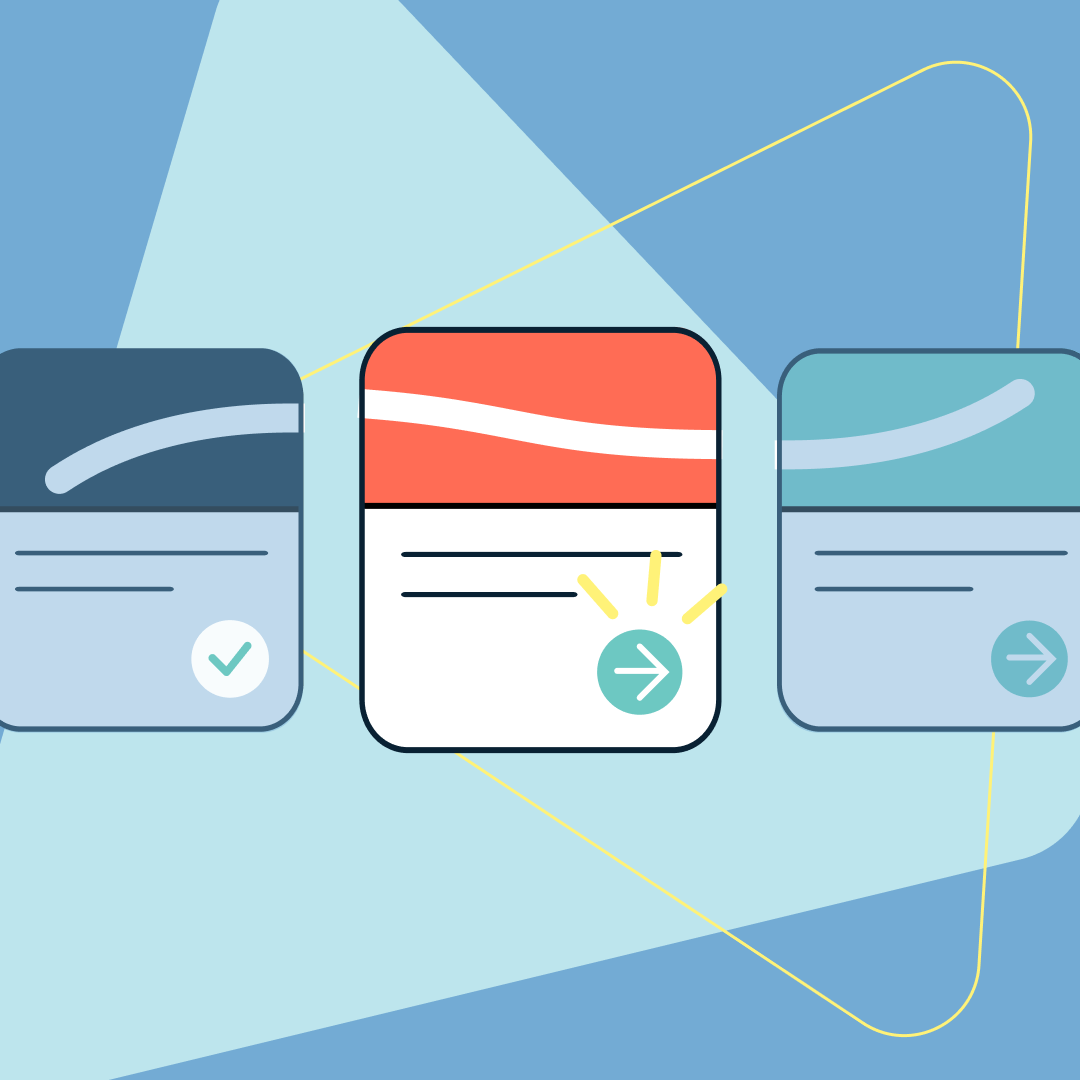Product onboarding is the process of getting users acquainted with a product. An otherwise anxiety-inducing ordeal that can cause users to churn if they feel that the product is too difficult to use. The process consists of a series of one-time steps that aim to make users feel welcome and help them to complete key tasks with a little more hand-holding than usual.
Besides boosting customer acquisitions or reducing customer churn, product onboarding can help users to trust the product and even turn users into advocates and referral sources. Let’s take a look at how.
1. Make Users Feel Welcome
It’s customary to send new users a welcome email. Since this would be the first time that the product interacts with them directly, this user interaction is just as important as the first impression (which would have been the signup process).
Welcome emails should:
- Be polite and uplifting
- Address users personally (if their name was collected)
- Assure users that you’re there to help
- Call users to onboard
Similarly, an in-app message should greet users when they use the product for the first time (e.g., when they clickthrough from the welcome email). This not only furthers the effects of the welcome message, it also builds trust with users since we promised that we’d be there to help them get started. It’s the little things…
2. Start With a Quick Setup Exercise
Kicking things off with a quick setup exercise has several benefits. Psychologically, quick wins make users excited to keep using the product. It also ups their investment in the product and suggests that it’s easy to use (providing that the setup was straightforward).
The setup doesn’t have to be particularly productive (consider it an added bonus), it just has to engage and settle the anxiety of navigating uncharted territory.
3. Show Users Around
With users engaged but still somewhat unfamiliar with the product, it’s best to quickly show them around before diving into the technicalities of how the product works. The best way to approach this is with visual cues that sequentially highlight key sections (e.g.,Ω the navigation) and explain what those sections do using tooltips.
4. Walk Users Through the Key Features
Similarly to the setup exercise, these walkthroughs should also focus on quick(-ish) wins rather than long and complicated tasks. Users should be able to accomplish something quickly, ideally without requiring participation from other team members in the organization. Consider asking users why they subscribed to the product and then tailoring their onboarding experience to those primary uses.
Walkthroughs are usually interactive and should reward users each time they complete a task, urging them to stick around and complete more of them.
5. Check in With Users
Don’t forget to check in with users. Let them know that you’re around to help if they get stuck (a vocal live chat window is usually the best way to do this) without being too invasive. Also, make sure that there’s an informative FAQ section that’s visible enough for users to find it.
Conduct Usability Testing for Best Results
For best results, conduct usability testing to quantitatively and qualitatively measure how well users are able to board the product. Although usability testing won’t indicate what the customer churn rate might be, this can be tracked using analytics after implementing the design that performs the best (according to the usability testing results).


